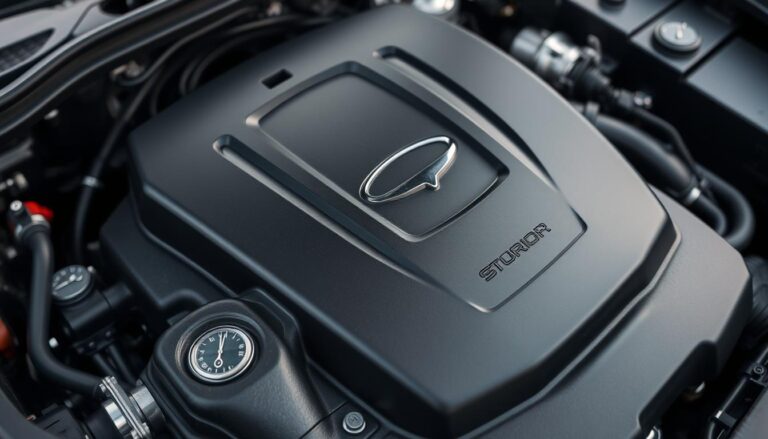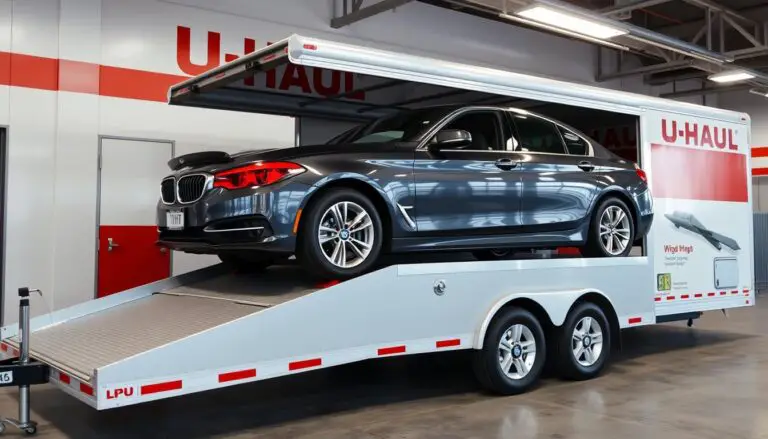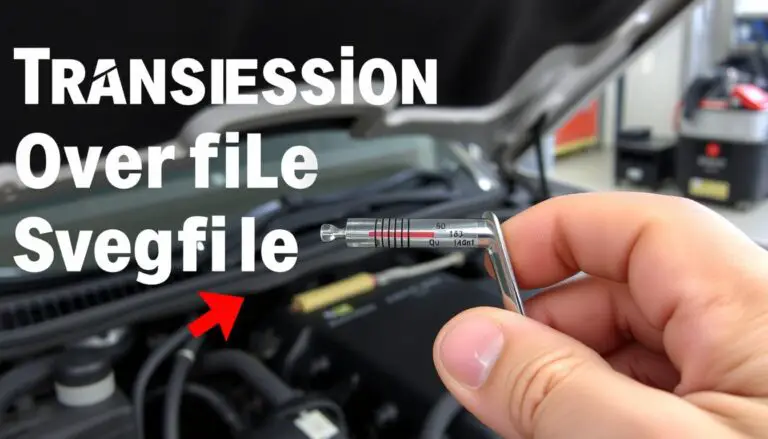A car’s door is one of its most frequently used components, and when it starts to malfunction, it can be more than just an annoyance. Ensuring smooth door operation is crucial for both the longevity of the vehicle and the safety of its occupants.
Over time, car doors can become difficult to open or close due to wear and tear, leading to issues such as creaking sounds or resistance when operating the door. Regular car door maintenance can prevent these problems, ensuring that the doors continue to function as intended.
This article aims to provide a step-by-step guide on how to restore your car’s doors to their optimal state, focusing on practical tips and techniques for achieving smooth door operation.
Key Takeaways
- Understand the importance of regular car door maintenance.
- Learn how to identify common issues affecting door operation.
- Discover practical steps to restore smooth door operation.
- Explore tips for maintaining your car’s doors in optimal condition.
- Enhance your overall driving experience with well-functioning doors.
Understanding Why Car Doors Lose Their Smooth Operation
Several factors contribute to car doors losing their smooth operation, affecting both functionality and safety. Over time, the wear and tear on various door components can lead to difficulties in opening and closing.
Common Causes of Door Closing Problems
The primary causes of door closing issues can be attributed to several key factors:
- Wear on door hinges: Hinges are crucial for the smooth operation of car doors. As they wear out, doors can become misaligned, making them harder to close.
- Misalignment: If the door is not properly aligned with the frame, it can cause closing problems. This misalignment can be due to worn-out hinges or damage to the door or frame.
- Faulty door latches or strikers: The latch and striker are critical components that secure the door in place. If they are damaged or worn out, the door may not close properly.
Signs Your Car Door Needs Attention
Identifying the signs that your car door needs maintenance can prevent further damage and ensure safety. Some common indicators include:
- Creaking or grinding sounds when opening or closing the door, which can indicate worn-out hinges or other moving parts.
- Difficulty in closing or needing to push or pull the door hard to close it, suggesting misalignment or issues with the latch.
- Visible wear or damage to the door, hinges, or surrounding areas, which can compromise the door’s operation and security.
Addressing these issues promptly can help maintain the door’s functionality and prevent more costly repairs down the line.
Essential Tools and Materials for Door Restoration
Effective door restoration begins with assembling the necessary tools and high-quality maintenance products. Having the right equipment not only makes the process smoother but also ensures that the job is done correctly and safely.
Basic Tools Every Car Owner Should Have
Before diving into the restoration process, it’s essential to have a basic toolkit. This includes a set of wrenches, screwdrivers (both flathead and Phillips), and pliers. These tools will help you access and adjust various components of the car door, such as hinges and latches.
Lubricants play a crucial role in maintaining smooth door operation. Products like silicone spray or white lithium grease are excellent for lubricating door components. They help reduce friction and prevent wear and tear on moving parts.
Specialized Products for Door Maintenance
In addition to basic tools, there are specialized products designed for door maintenance. These include door hinge lubricants, weatherstripping adhesives, and door latch cleaners. Using these products can significantly enhance the performance and longevity of your car doors.
For instance, a high-quality door hinge lubricant can help maintain smooth hinge operation, while a weatherstripping adhesive can ensure that the seals around your doors remain intact and effective.
Safety Considerations Before Starting
Before you begin the restoration process, it’s crucial to consider safety. Ensure that you are working in a well-ventilated area, especially when using chemical products like lubricants and adhesives. Wear protective gloves and eyewear to prevent injury.
“Safety is not just a precaution, it’s a necessity. Always prioritize your well-being when working with tools and chemicals.”
By taking the necessary safety precautions and using the right tools and materials, you can ensure a successful door restoration process that leaves your car doors operating like new.
How to Make Car Doors Close Like New: Step-by-Step Process
Making your car doors close like new involves a series of simple yet effective steps. By following this comprehensive guide, you can restore your car’s doors to their optimal state, ensuring smooth operation and a satisfying closing mechanism.
Inspecting Door Hinges and Alignment
The first step in restoring your car doors is to inspect the door hinges and alignment. Properly functioning hinges are crucial for the smooth operation of your car doors.
Checking for Loose Bolts and Worn Components
Begin by checking the hinges for loose bolts or worn-out components. Over time, the bolts can become loose due to regular use, causing the door to sag or not close properly. Use a socket wrench to tighten any loose bolts. If you find worn-out components, consider replacing them with new parts.
Measuring Door Gaps for Proper Alignment
Next, measure the gaps around the door to ensure it is properly aligned. Uneven gaps can indicate misaligned doors, which can cause closing issues. Use a tape measure to check the gaps between the door and the frame. If the gaps are uneven, you may need to adjust the door’s position.

Lubricating Critical Door Components
Lubrication plays a vital role in maintaining the smooth operation of your car doors. By lubricating the critical components, you can reduce friction and ensure that the doors close effortlessly.
Recommended Lubricants for Different Parts
Different parts of the door require different types of lubricants. For hinges, use a silicone-based or lithium grease. For door latches and lock mechanisms, a dry lubricant like graphite powder is recommended.
Application Techniques for Best Results
Apply the lubricant sparingly to avoid attracting dirt and debris. For hinges, apply a small amount to the hinge pins. For latches and locks, spray a small amount into the mechanism.
Adjusting Door Latches and Strikers
Door latch adjustment is crucial for ensuring that your car doors close properly. If the latch is not aligned correctly with the striker, the door may not close securely. Adjust the latch or striker as needed to achieve a smooth, secure closure.
- Check the alignment of the latch and striker.
- Adjust the striker if necessary to ensure proper alignment.
- Tighten the screws securely to prevent movement.
Addressing Weather Stripping Issues
Weather stripping repair is another important aspect of maintaining your car doors. Damaged or worn-out weather stripping can lead to air leaks, water ingress, and increased noise. Inspect the weather stripping around your doors and replace it if necessary.
- Remove the old weather stripping.
- Clean the area thoroughly.
- Apply new weather stripping, ensuring a tight seal.
Testing and Fine-Tuning Door Operation
After completing the above steps, test your car doors to ensure they are operating smoothly. Check for any remaining issues, such as creaking sounds or resistance when closing. Fine-tune the adjustments as needed to achieve the desired result.
By following these steps, you can restore your car doors to their optimal state, ensuring they close like new. Regular maintenance will help keep your doors operating smoothly for years to come.
Preventative Maintenance to Keep Doors Operating Smoothly
A well-maintained car door is not just a matter of convenience, but also of safety. To achieve this, it’s essential to adopt a preventative maintenance routine that addresses various aspects of door operation.
Regular Inspection Schedule
Regular inspections are vital for identifying potential issues before they become major problems. Check the door hinges, latches, and weather stripping for signs of wear or damage. This proactive approach can help prevent more costly repairs down the line.

Seasonal Maintenance Tips
Different seasons bring different challenges for your car’s doors. In winter, salt and ice can corrode hinges and latches, while in summer, heat can cause weather stripping to degrade. Adjust your seasonal car care routine accordingly to protect your doors.
Protecting Door Mechanisms from Environmental Damage
Environmental factors such as rain, snow, and extreme temperatures can significantly impact your car doors’ operation. Applying a protective coating to metal parts and ensuring that the weather stripping is in good condition can help mitigate these effects.
When to Seek Professional Help
While many maintenance tasks can be performed by car owners, some issues require professional attention. If you notice persistent problems with your car doors, such as misalignment or difficulty opening/closing, it’s time to consult a professional mechanic.
Conclusion
Restoring your car’s doors to optimal operation involves understanding the causes of door closing problems, using the right tools and materials, and following a step-by-step process for door restoration. Regular lubrication of hinges and latch mechanisms is vital to prevent metal-on-metal wear and mitigate corrosion, with a recommended frequency of every 3-6 months depending on climate conditions.
By following the car door repair summary and smooth door operation tips outlined, you can achieve smoother door operation and extend the lifespan of your vehicle’s doors. Proper maintenance not only enhances the overall driving experience but also ensures safety features, such as side-impact protection and airbag deployment, function correctly.
To keep your car doors operating smoothly, prioritize regular inspection and maintenance, and don’t hesitate to seek professional help when needed. With these tips, you can enjoy hassle-free door operation and a more comfortable driving experience.
FAQ
What are the common causes of car door closing problems?
Common causes include wear and tear on hinges, misalignment, and worn-out door latches and strikers. Regular use can lead to these parts becoming loose or damaged, affecting the door’s operation.
How often should I inspect my car doors to prevent issues?
It’s recommended to inspect your car doors every six months to check for signs of wear, misalignment, or damage. Regular inspections can help identify potential problems before they become major issues.
What are the signs that my car door needs maintenance?
Signs that your car door needs attention include creaking sounds when opening or closing, difficulty in closing, or visible gaps between the door and the frame. If you notice any of these signs, it’s time to inspect and potentially repair your car door.
What tools are necessary for restoring car doors to optimal operation?
Basic tools like wrenches, screwdrivers, and pliers are necessary. Additionally, specialized products such as lubricants for hinges and door latches, and potentially replacement parts like weather stripping, may be required.
How do I lubricate critical door components effectively?
To lubricate effectively, use recommended lubricants for different parts, such as silicone spray for weather stripping and grease for hinges. Apply lubricants according to the manufacturer’s instructions and wipe off any excess to prevent dirt accumulation.
Can I adjust door latches and strikers myself, or do I need professional help?
Adjusting door latches and strikers can often be done by car owners themselves with the right tools and a bit of patience. However, if you’re unsure or if the problem persists after attempting adjustments, it’s advisable to seek professional help.
What are some seasonal maintenance tips for car doors?
Seasonal maintenance tips include checking and lubricating door hinges and latches more frequently during extreme weather conditions, inspecting weather stripping for damage or wear, and ensuring door drains are clear to prevent water accumulation.
How can I protect my car door mechanisms from environmental damage?
Protecting door mechanisms involves regular cleaning, applying protective coatings or lubricants to metal parts, and ensuring weather stripping is in good condition to prevent water and dust ingress.


